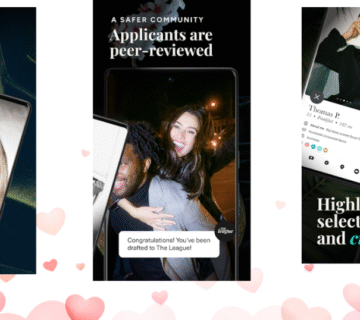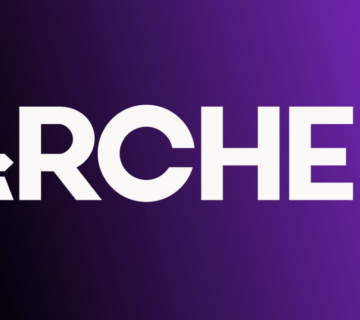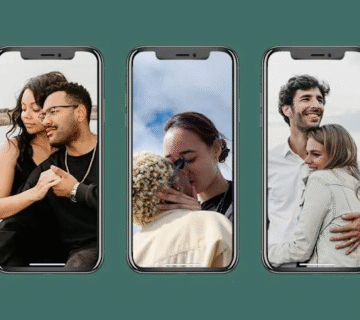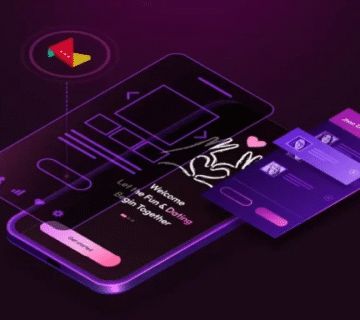The world of online dating continues to evolve rapidly, with dating apps becoming an essential part of how modern relationships begin. In 2025, develop a successful dating app requires a tailored blend of innovative technology, seamless user experience, safety features, and smart marketing. With AI-driven personalization and growing niche communities, the opportunity to build a thriving dating platform is significant — but so is the competition.
This comprehensive guide covers everything you need to know to develop a successful dating app in 2025, focusing on market research, key features, technology stacks, development processes, and business marketing strategies including leveraging high-authority listings such as Google My Business for enhanced visibility and user trust.
Why Develop a Dating App in 2025?
Dating apps generated billions in revenue globally and continue to see rapid user growth, especially among millennials and Gen Z. Evolving social acceptance, mobile technology, and AI innovation fuel this growth, providing fertile ground for new and niche dating platforms catering to diverse audiences.
With increasing demand for safety, inclusivity, and authenticity, app development must keep pace with user expectations to create meaningful, engaging experiences.
Step 1: Conduct Thorough Market Research and Define Your Niche
Successful apps begin with a deep understanding of market dynamics:
-
Analyze dominant apps like Tinder, Bumble, and niche competitors to learn from their plays.
-
Identify underserved segments — seniors, LGBTQ+, faith-based, hobby-oriented, or location-specific groups.
-
Collect user feedback via surveys to understand pain points and preferences.
-
Position your app with a unique value proposition targeting a well-defined audience.
Step 2: Key Features Your Dating App Must Have in 2025
-
Efficient Registration: Support social media logins and quick profile setups.
-
Enhanced Profiles: High-quality photos and videos, bios, interests, and behavioral quizzes.
-
AI-Powered Matchmaking: Algorithms continuously adapting to user preferences and communication patterns.
-
Multi-Channel Communication: Real-time chat, voice messaging, and video calls incorporated.
-
Location Services: Allow users to discover matches nearby with adjustable visibility.
-
Safety Tools: Robust profile verification, content moderation, reporting and blocking tools.
-
Push Notifications: Personalized and non-intrusive alerts.
-
Gamification and Social Features: Quizzes, badges, community events, and social networking.
Step 3: Choose the Right Technology Stack
-
Frontend: React Native, Flutter (cross-platform), Swift (iOS), Kotlin (Android).
-
Backend: Node.js, Django, or Ruby on Rails scalable systems.
-
Databases: PostgreSQL, MongoDB.
-
Cloud Infrastructure: AWS, Google Cloud, or Azure for scaling and reliability.
-
Real-Time Communication: Twilio or Agora SDKs for audio/video.
-
AI & Machine Learning: TensorFlow, IBM Watson for smart matchmaking and moderation.
Steps 4: UI/UX Design Considerations
-
Prioritize simple, intuitive navigation with visual appeal.
-
Implement accessibility standards for inclusivity.
-
Mobile-first approach with responsive layouts.
-
Integrate gamification and community interaction features to boost retention.
Step 5: Development Approach and Testing
-
Develop a Minimum Viable Product (MVP) focusing on core features.
-
Use agile methodologies to iterate quickly based on user feedback.
-
Conduct comprehensive testing: security audits, usability tests, and cross-device compatibility checks.
-
Run beta testing with real users to capture early insights.
Step’s 6: Monetization Strategies for Dating Apps
-
Freemium Model: Basic free features with paid premium tiers.
-
In-App Purchases: Virtual gifts, profile boosts, super likes.
-
Subscription Plans: Monthly or yearly premium access.
-
Advertising: Context-aware, unobtrusive advertising.
-
Affiliate & Partnership Programs: Events, wellness, or lifestyle brands partnerships.
Steps 7: Marketing and Optimizing Business Listings
Launching a marketing campaign involves App Store Optimization (ASO), social media, influencer partnerships, and content marketing. Crucially, optimize your Google My Business profile for improved local SEO and enhanced credibility:
-
Ensure complete, accurate business information.
-
Upload engaging visuals and videos.
-
Encourage and respond to customer reviews.
-
Use posts to share news, features, or events.
Set up or enhance your profile at Google My Business.
Step 8: AI Tool Support for Operations
AI tools help by:
-
Generating engaging content for listings and communication.
-
Automating moderation to maintain community standards.
-
Providing chatbots for onboarding and support.
-
Analyzing user interactions for personalization and retention optimizations.
This maintains operational efficiency without losing authentic user touch.
Read More: Top Dating App Development Trends in 2025: What Innovators Need to Know
Conclusion
Develop a successful dating app in 2025 demands a holistic approach blending competitive market research, technology innovation, user-centric design, secure features, and strategic marketing. Optimizing your presence on Google My Business significantly enhances organic visibility and user confidence.








[…] Read More: How to Develop a Successful Dating App in 2025: Complete Guide […]